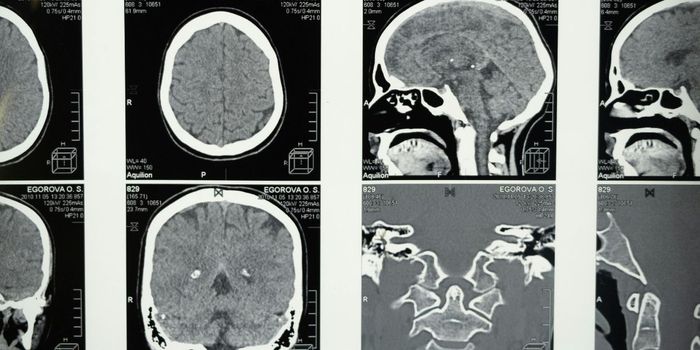How the Brain Makes Sense of Self -Motion While Observing an Object in Motion
University of Rochester researchers published a study in eLife in which they examined a novel neural mechanism involved in causal inference as the brain detects another object in motion during self-motion. They found a type of neuron with properties that distinguishes between self-motion and the motion of other objects.
The study was focused on what happens when you look at a moving object and experience a disorienting perception of feeling like you are in motion or stationary, with objects moving around you. You may have experienced this sensation if you are sitting in a moving train and view a passing train, or you are walking in the ocean waves and become dizzy when you look down to observe them.
The brain can suppress the background to focus on something moving in your field of view and make causal inferences about sensory input. As humans age, the brain becomes less adept at suppressing the background and responding to foreground motion. A previous study conducted by the University of Rochester research team found that younger people were 40% faster than older participants when detecting moving foreground objects. However, the brain can be trained to perform better at identifying foreground motion by 20% with regular practice.
This research has implications for treating brain disorders and developing artificial intelligence as well as the automobile safety world. According to researcher Dr. Greg DeAngelis, “Although the brain probably uses multiple tricks to solve this problem, this new mechanism has the advantage that it can be performed in parallel at each local region of the visual field, and thus may be faster to implement than more global processes. This mechanism might also be applicable to autonomous vehicles, which also need to rapidly detect moving objects.” This study is a significant contribution to neuroscience scholarship, because previously scientists did not know much about the neuronal activity involved in the brain’s response involving self-motion and the motion of other objects.
The University of Rochester research team will continue to explore interactions between brain regions that process sensory inputs and those parts involved in executive functioning.
Sources:
eLife, University of Rochester News








